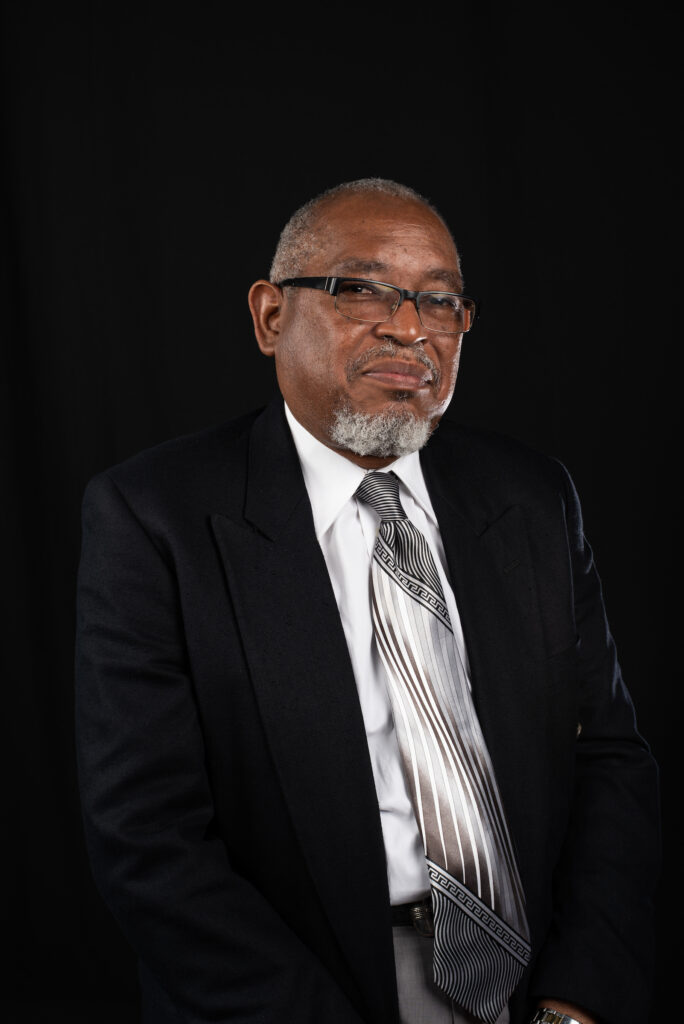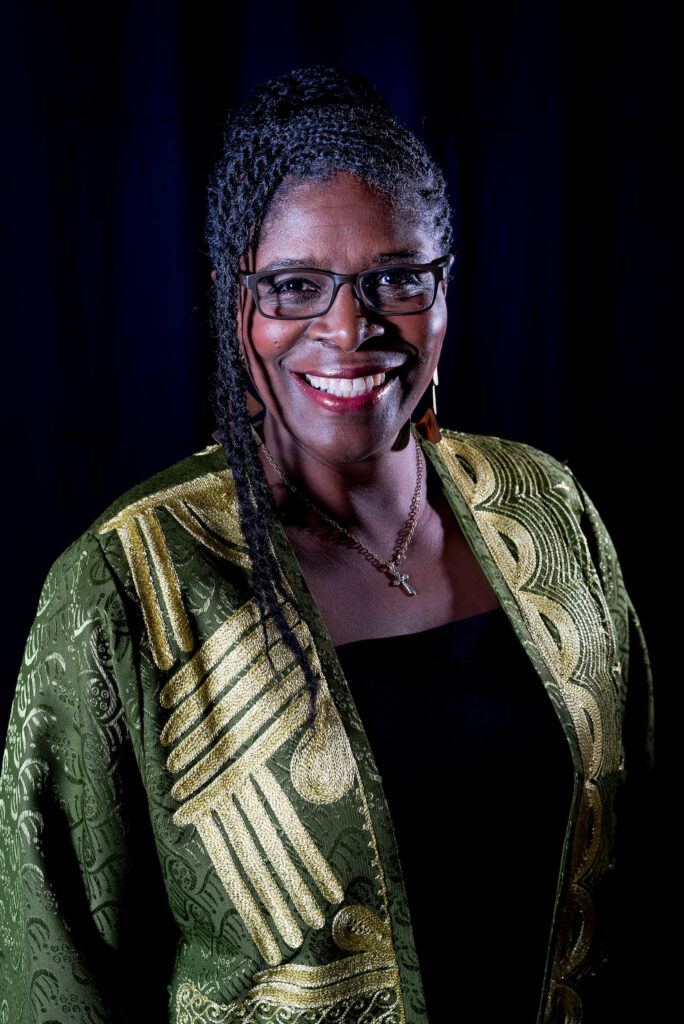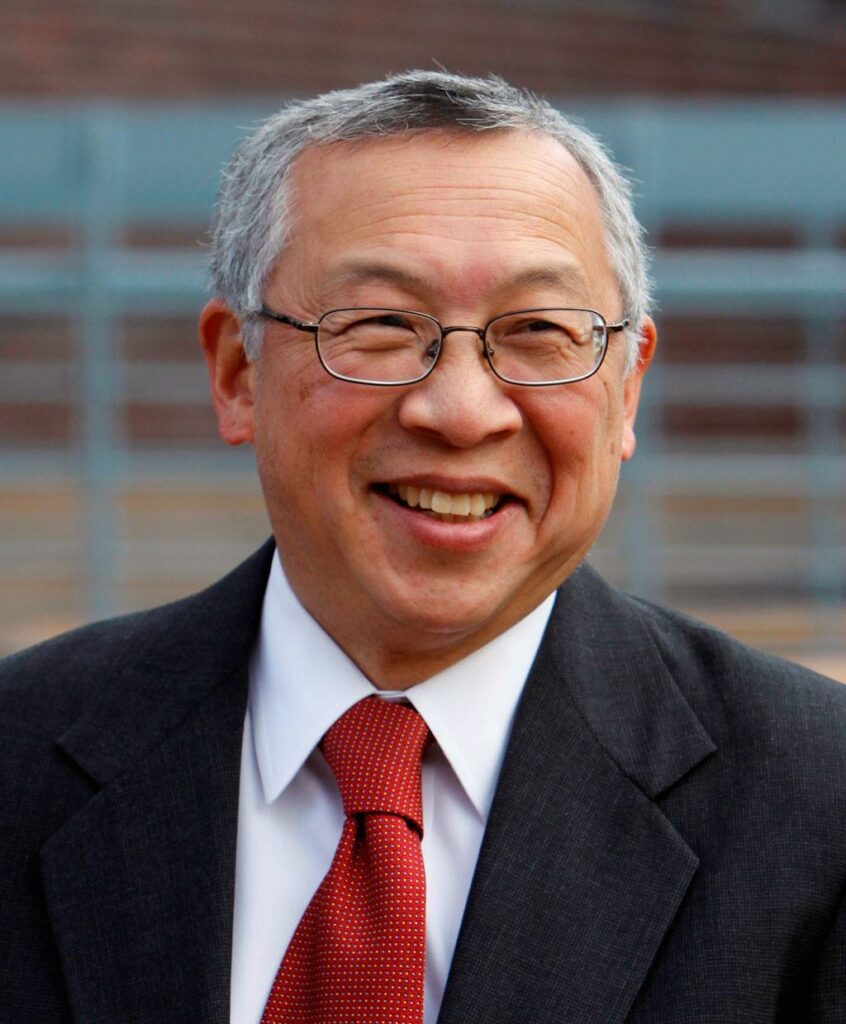Berea celebrates its diverse faculty and honors the
journey of those who came before
At a school heralded as the first interracial and co-educational college in the South, Berea College has always been committed to what is now its fifth Great Commitment: “To assert the kinship of all people and to provide interracial education with a particular emphasis on understanding and equality among blacks and whites as a foundation for building community among all peoples of the earth.” But an interracial education isn’t measured just by the diversity of individuals filling seats in the classroom. A fully interracial education must reflect diversity at the head of the classroom as well.
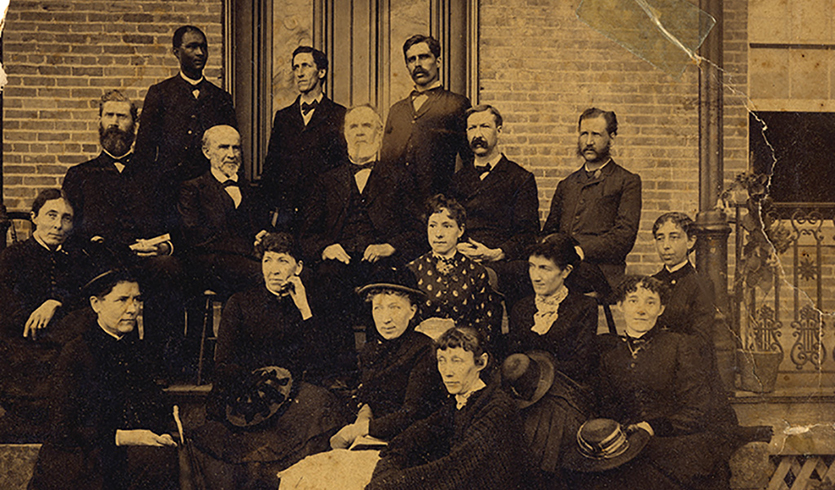
“You can’t be what you can’t see,” said Theatre Professor Adanma Barton, reflecting on the empowerment created when students see themselves reflected in their leaders.
The 2018-19 academic year saw 21 percent of the College’s 137 faculty members identifying as underrepresented people. And this fall Berea is welcoming its most diverse faculty cohort in the College’s history, according to Provost Linda Strong-Leek, who served the past four years as the vice president for diversity and inclusion.
That’s a long way from the makeup of Berea’s faculty in the late 1960s. Nearly two decades after the 1950 amendment to the Day Law, which allowed black and white Kentucky students to attend integrated schools again, Berea’s student body was only slowly gaining in percentage of African Americans and other students of color. And students were dissatisfied with the lack of diversity represented in their faculty and staff.
“The impetus for any change that occurred came from black students in the late 1960s who were participating
in efforts to get Berea College to hire African Americans on the faculty,” said Professor Andrew Baskin ’72, who retired this summer after 36 years teaching African and African American Studies and General Studies at the College.
The firsts
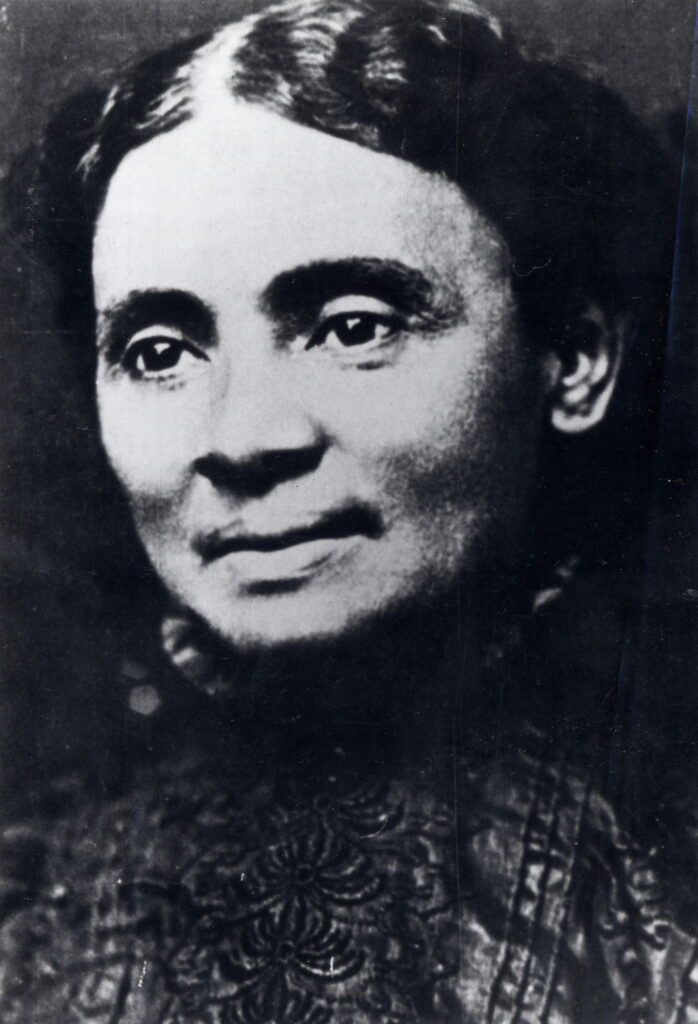
A century before faculty of color would come to Berea in the 1970s, it is important to remember Berea’s first African American faculty member: Julia Britton Hooks. She was the second African American female to graduate from Berea College—her sister, Mary, was the first. Both women were born to free African Americans in Frankfort, Ky., in 1852. Their mother was a well-educated woman as well as a talented singer and musician, and she instilled her love for education, music and public service in both of her daughters. Julia was a musical prodigy from a young age, and Berea hired her as a music teacher—the first black woman to teach integrated classes in Kentucky. She taught at Berea for two years before moving to Mississippi. Julia Britton Hooks went on to found the Hooks School of Music in Memphis and served as an activist who fought against Jim Crow laws and for women’s suffrage.
In 1971, Berea hired its first two African American faculty members since the Day Law had been amended—Joe Taylor in history and Catherine A. Scott in Spanish. Taylor stayed for one year before returning to Florida. Scott was a 1969 Berea College graduate, who, as a student, had been active in campaigning for black faculty. She earned her master’s degree at Boston University before returning to teach at Berea just two years after graduating. Scott took over as the faculty advisor for the Black Ensemble, which had been formed and recorded an album while she was in graduate school. (For more on the Black Ensemble’s first album see page 8).
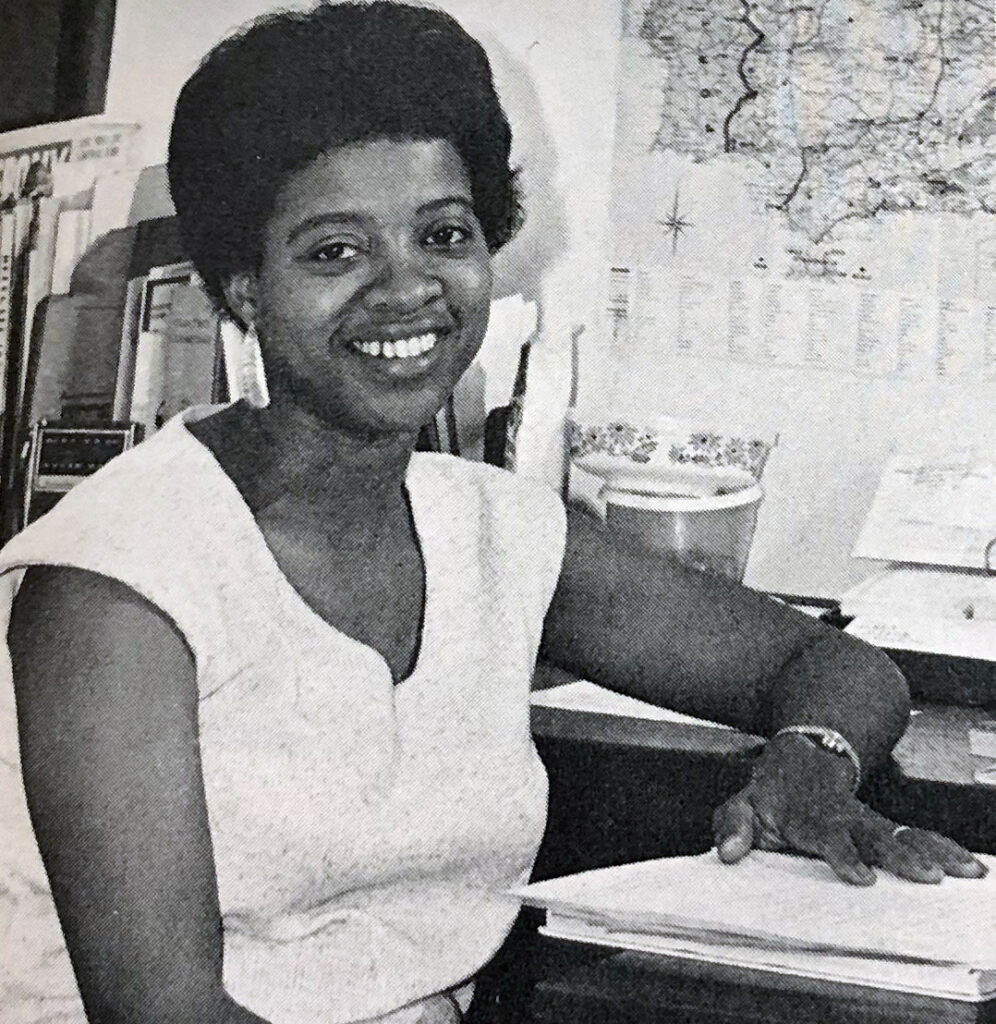
“As a student I was one of the activists, and we were constantly complaining about having no black faculty,” Scott recalled. “So, it’s funny, once I was offered the position, I thought, ‘How do I refuse?’ It was a good opportunity to come back and to be a role model for the students who were there.”
As a student activist, Scott recalls going to professors’ homes and talking about civil rights.
“We would pick each other’s brains and have conversations that were non-confrontational,” Scott said. “When I returned, now my former professors were my colleagues. But it was very positive, and I had a great relationship with the faculty, especially in my department.”
As both a Spanish professor and the leader of the Black Ensemble, Scott worked to expand the experiences of Berea’s students. She took groups to Puerto Rico and Jamaica to study abroad and also spearheaded performances in Atlanta and Birmingham—places Scott, a native of Prince Edward County, Va., had never been. She also helped bring in more diverse presenters to convocations to introduce students to people of different walks of life. In all these endeavors, Scott says President Willis Weatherford was very supportive.
“In terms of being that role model, I wanted to keep students focused on what they needed to do in their studies and broaden their horizons,” Scott said. “I basically wanted to expose them to the kinds of things they never would have experienced, and you hope that little spark will encourage them to continue as they grow older.”
The challenges
All accomplishments worth celebrating are earned through hard work and growing pains along the journey. After Taylor left, Scott spent one year as Berea’s only African American faculty member.
“As a faculty member, when I was in meetings, if anything came up that pertained to civil rights or the black students on campus, it seemed everyone looked at me to see how I felt—to see my facial expression,” she recalled. “So I learned to develop a stone face, but I also learned to express my opinion.”
Like Scott, Andrew Baskin was a Berea student in the late 1960s and early 1970s who urged Berea’s administration to offer more diverse courses and hire more diverse faculty.
“I know where we started as a student, and I know where we are now,” Baskin said. “It’s been difficult the past 36 years. We can focus on the progress, but it only occurred because people went through some pain.”
After earning a master’s degree from Virginia Tech and teaching at Ferrum College in Virginia, Baskin returned to Berea in 1983 as the first director of the Black Cultural Center and Interracial Education program. He remembers at that time the small group of African American faculty and staff at the College would have gatherings, which gave them a sense of community. In 1991, when Dr. Kathy Bullock joined the College’s Music Department faculty, she said this sense of community was vital to her initial adjustment.
“It was like coming to the moon—everything was so different,” Bullock said about moving from the hustle and bustle of Washington, D.C. to small-town Berea with her husband and young son. When Bullock and her family struggled to feel accepted in the community, she said there were people at the College who reached out to make her feel comfortable and welcome.
“My lifeline and the people I looked up to were the African American faculty who were here and active,” Bullock said. “I learned so much from them and was enveloped by them. Watching them interact with other faculty about issues for students and them speaking up in meetings—they were my mentors and who carried me through Berea.”
When Adanma Barton moved to Berea in 2009, the self-proclaimed city girl didn’t even know what “Appalachia” was before her now-husband encouraged her to apply for jobs in the region. But in her research, she discovered Berea College and fell in love with its mission and Great Commitments.
“I was over the moon when Berea called because I felt I could make the most impact here,” Barton said. “You have to cover the ground you stand on, and we stand on the shoulders of the giants that came before us. We forget the people who walked the land before us and what they had to deal with and sacrifice for us to have these things we have.”
By 2011, Barton was the first black female president of the Kentucky Theatre Association, and she recalls driving from Paducah to Pikeville promoting theater in the state and often being the only black person in a room of people representing 10 states.
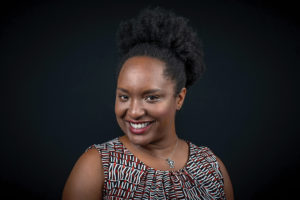
Barton, like Bullock, believes she has thrived from the network of faculty of color on campus who have served as mentors for her.
“There are those who care and are genuinely empathetic,” Barton said. “Janice Blythe was a safe place for me.”
A Child and Family Studies professor at Berea for 33 years, Dr. Blythe passed away in March.
The future
Just as the landscape of our country has continued to change, so has the face and makeup of the College. Though Berea’s Great Commitments seek to foster healthy relationships between, and equal education of, blacks and whites, the College’s diverse population is more than black and white. In recent years, Berea has purposefully begun recruiting more Latino students as the population in Appalachia has grown. Dr. Yoli Carter came to Berea in 2014 and began working with Berea’s Latin American Student Association the next year. Carter’s family migrated to the U.S. from Mexico about 70 years ago, and she grew up in Arizona, where she and her late husband started a school on the border because the state had shut down bilingual programs in the area.
“Equity and justice have always been a part of my work,” Carter said. “So it is important to me in my classroom to talk to future teachers about systemic inequity and how it has created barriers for culturally and linguistically diverse students.”
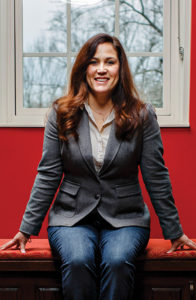
As the chair of Berea’s Education Department for the past five years, Carter insisted that each future teacher coming out of Berea’s program be able and willing to push back against negative stereotypes and beliefs that they will encounter in their careers.
“Our job is to delve in, unpack, analyze and evaluate our own beliefs and what we bring to the table,” she said. “We teach our future teachers to deconstruct and reconstruct their cultural competence, so that when they see themselves in a classroom with students and families who may be different from them, they aren’t just seeing themselves as their leader or giver of knowledge, but a part of their community.”
Carter pushes this same idea of cross-cultural competence in interactions across Berea’s campus as well.
“People of color can look within their own community and what is talked about, cared about and what they need to fight for, and we are very attuned to that,” Carter said. “But often we’re not attuned to how to use that trial, struggle and pain to bring others together with our community so we can be stronger as a holistic community.
“As faculty and staff, we have to model it,” she continued. “We have to be witnesses in action and speech that this is what we want. And it’s OK to sit in discomfort if we work with intention and work with love. But seeing all our students together as a community—I know that we can get there.”
Seeing students thrive is the uniting goal of all Berea’s faculty. After 36 years, Baskin reflected on his greatest accomplishments at the College. Though he grew the African and African American Studies (AFR) program from a minor to a major and has received the three highest faculty awards during his tenure, he says his students have been his greatest contribution.
Did You Know?
Dr. Bobby Fong, the first Chinese-American to serve as president of a U.S. university, got his start at Berea College. The first-generation son of Chinese immigrants, Fong worked his way through a Harvard education, eventually receiving his doctorate from UCLA. Fong then began his teaching career at Berea, serving as a member of the faculty from 1978 to 1989. Fong went on to make great contributions in higher education administration first as president of Butler University and then Ursinus College.
“When I go to Facebook, and I see students who have graduated and made their families proud—that’s it,” he said through tears of joy. “We went to New Orleans, and six of my students were members of the National Council of Black Studies’ Ankh Maat Honor Society. For me, success is that every student but one that has come into the AFR program has graduated—I have put my heart and soul into this.”
Bullock says the challenges of serving Berea’s students are also what make it so rewarding.
“It’s highly challenging and highly rewarding,” she said. “There are lots of joys and challenges, and you always feel like being the voice for students that might not have a voice.
“The students are what drew me here and kept me here,” she continued. “It’s not that they are unlike other students, but they are endearing, they are very real. Some call them diamonds in the rough—maybe. But they are engaging, and I have felt like I was here to make a difference for them. I’ve always felt that was part of my mission here.”
Through Berea’s diverse faculty, students from all over Appalachia and all over the world have been able to learn from the unique backgrounds, experiences and methods each faculty member brings to the classroom. As Berea’s faculty grows in diversity, the depth and richness of each student’s education grows as well.
“The world is not a kind place, especially if you are a person of color, female or low income—that is our whole campus,” Barton said. “So why am I here? It’s for those students that didn’t even know they could. For that moment when they get it and connect the dots in the classroom. Then they graduate and go on and do great things. You can’t be what you can’t see.”


